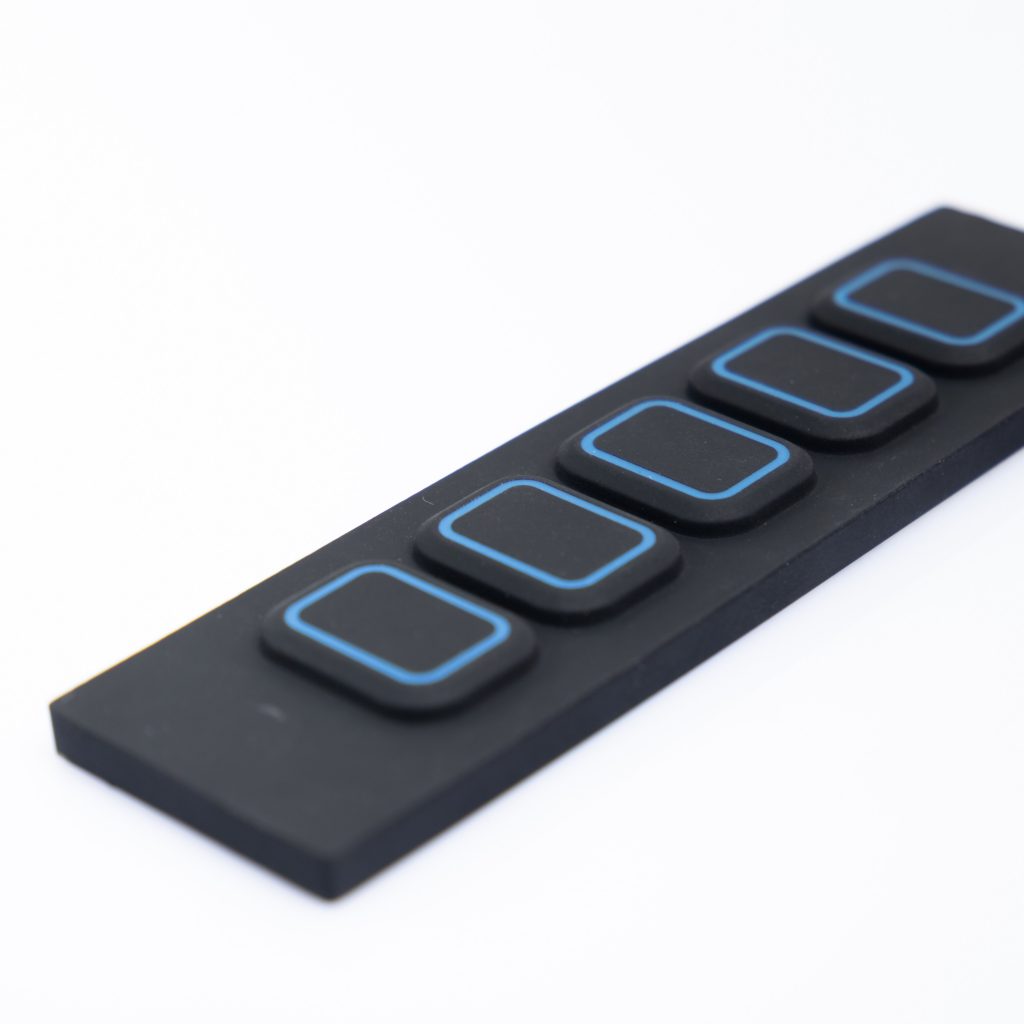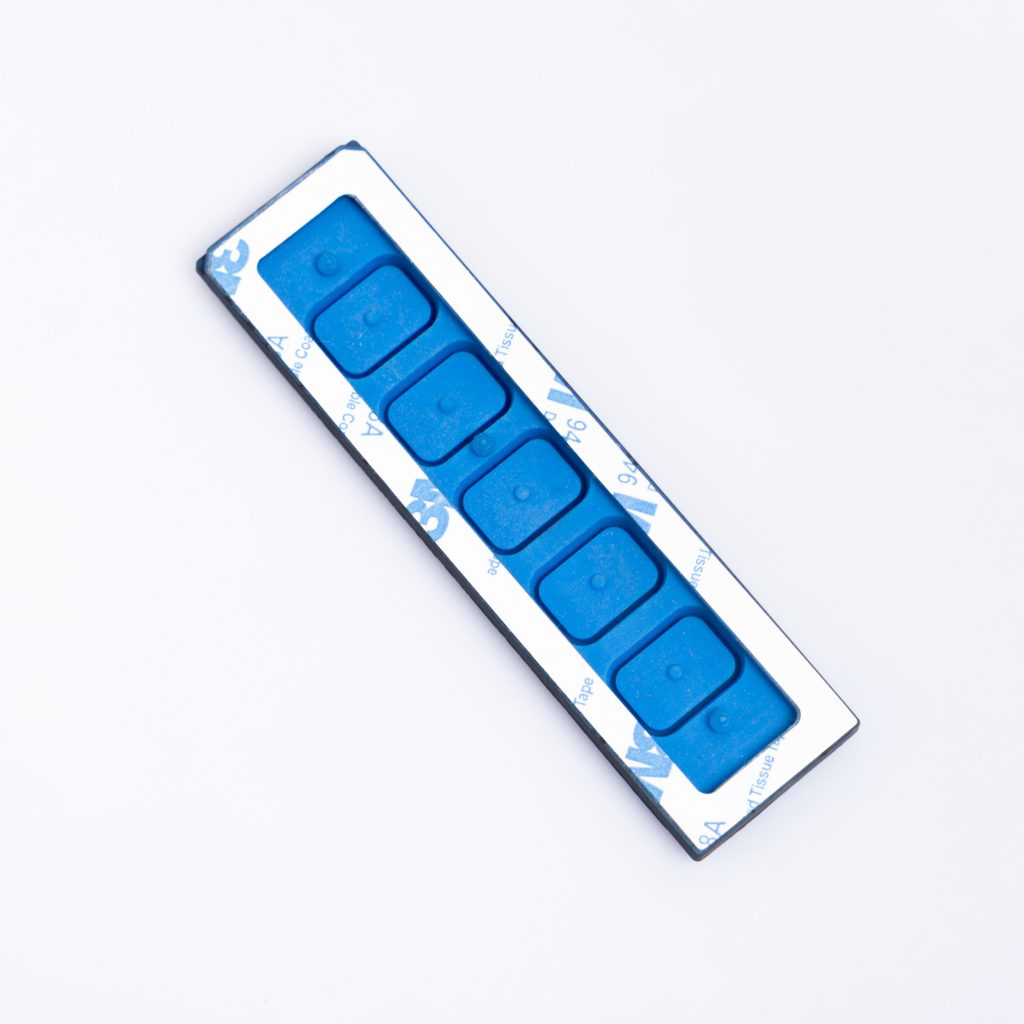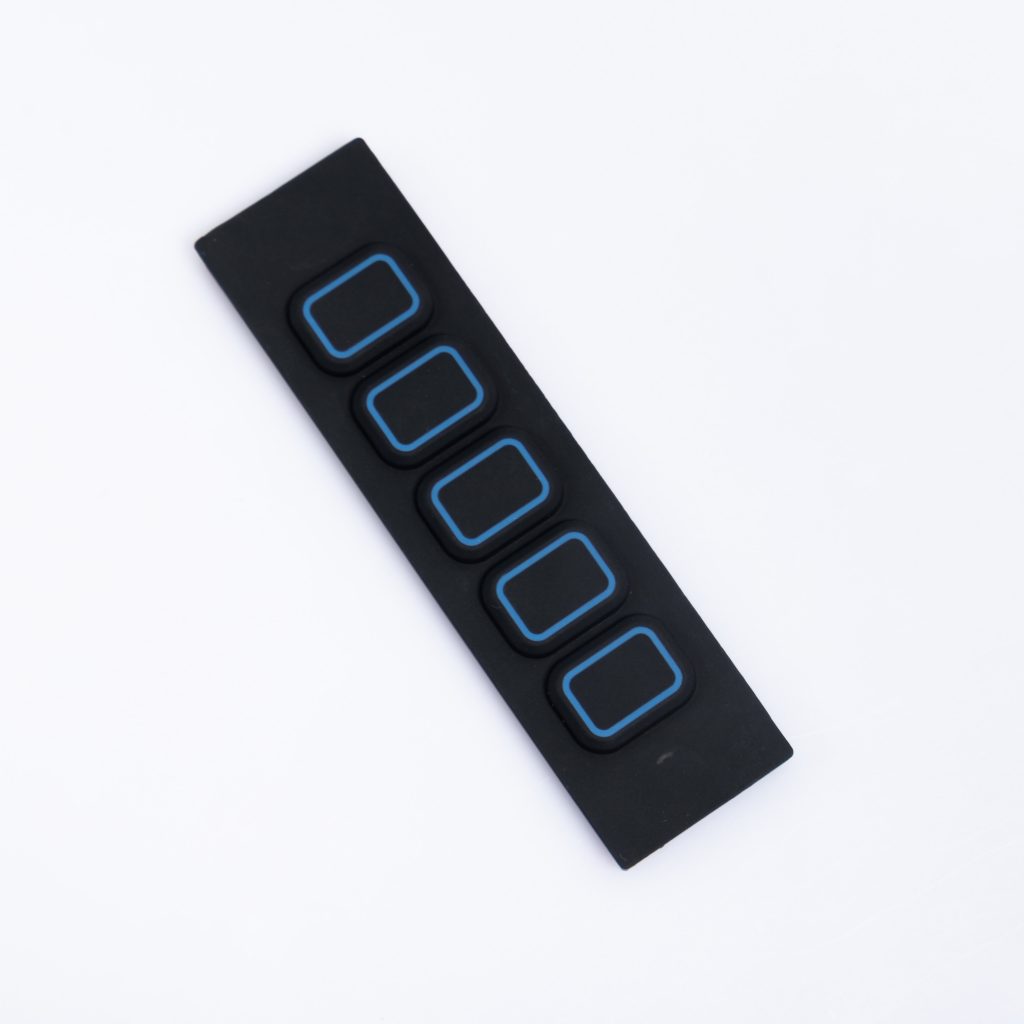Contact
Write to Us And We Would Be Happy to Advise You.
Do you have any questions, or would you like to speak directly with a representative?
By hqt
Rubber keypads are commonly found on various electronic devices, including remote controls, calculators, and mobile phones. Over time, these rubber keypads can become dirty, sticky, or unresponsive, affecting the overall user experience. However, with proper cleaning and maintenance techniques, you can ensure that your rubber keypad remains in excellent condition and functions smoothly. In this article, Niceone will teach you the best practices for cleaning and maintaining rubber keypads, helping you extend their lifespan and preserve their functionality.



A rubber keypad is an essential component of many electronic devices, allowing users to input commands and interact with the device. Regular use exposes the rubber keypad to various elements such as dust, dirt, oils, and debris from fingers. These particles can accumulate over time, leading to sticky keys, reduced sensitivity, and even keypad failure. By implementing proper cleaning and maintenance routines, you can prevent these issues and ensure optimal performance from your rubber keypad.
1. Gather the necessary supplies
To clean your rubber keypad effectively, you will need a few supplies. Prepare a soft cloth or microfiber cloth, a mild detergent or soap, warm water, cotton swabs, and isopropyl alcohol. Avoid using abrasive materials or harsh chemicals, as they may damage the rubber surface.
2. Turn off and disconnect the device
Before cleaning the rubber keypad, ensure that the device is turned off and disconnected from any power source. This step is crucial to prevent accidental damage or electrical hazards.
3. Remove loose debris
Gently remove any loose debris or particles from the rubber keypad using a soft cloth or brush. Be careful not to apply excessive force to avoid damaging the keys.
4. Prepare a cleaning solution
Create a cleaning solution by mixing a small amount of mild detergent or soap with warm water. Dip the soft cloth into the solution and wring out any excess liquid. It’s important to use a mild cleaning solution to avoid damaging the rubber surface.
5. Clean the rubber keypad
Wipe the rubber keypad gently with the damp cloth, ensuring that all keys are thoroughly cleaned. Pay special attention to areas with visible dirt or grime. For hard-to-reach areas between the keys, use a cotton swab moistened with the cleaning solution.
6. Remove stubborn stains
If there are stubborn stains or sticky residues on the rubber keypad, dampen a cotton swab with isopropyl alcohol. Carefully rub the affected areas to remove the stains. Be cautious not to saturate the keypad with excessive alcohol, as it may cause damage.
7. Dry the keypad
After cleaning the rubber keypad, use a dry cloth or towel to remove any remaining moisture. Ensure that the keypad is completely dry before reconnecting or turning on the device. Moisture can lead to electrical damage and affect the performance of the rubber keys.
8. Reassemble and test the keypad
Once the rubber keypad is dry, reassemble it if necessary and reconnect the device. Test the keypad by pressing each key to ensure proper functionality. If any keys are still unresponsive or sticky, repeat the cleaning process or consult the device’s manufacturer for further assistance.
Cleaning your rubber keypad is an essential step in maintaining its functionality, but there are additional practices you can follow to extend its lifespan:
1. Avoid eating or drinking while using the device
Food crumbs, liquids, and oils from snacks and beverages can easily find their way into the rubber keypad, leading to sticky keys and reduced performance. It’s best to keep your device away from food and drinks to prevent potential damage.
2. Store the device in a clean environment
When not in use, store your device in a clean and dust-free environment. Dust and debris can accumulate on the rubber keypad, affecting its sensitivity and overall performance. A protective cover or case can provide an extra layer of defense against environmental contaminants.
3. Use a keypad protector
Consider using a keypad protector or overlay specifically designed for rubber keypads. These thin covers provide an additional barrier against dirt, oils, and liquids, minimizing the direct contact of fingers with the rubber surface.
4. Avoid using sharp objects
Do not use sharp objects such as pens, pencils, or metal tools to press the rubber keys. These objects can cause damage to the rubber surface and lead to unresponsive or permanently damaged keys. Always use your fingers or a soft object to interact with the keypad.
5. Regularly inspect the rubber keypad
Periodically inspect the rubber keypad for any signs of wear, tear, or damage. Cracks, tears, or dislodged keys can impact the functionality of the keypad. If you notice any issues, contact the device’s manufacturer for repair or replacement options.
6. Follow manufacturer’s instructions
Always refer to the device’s user manual or manufacturer’s instructions for specific cleaning and maintenance guidelines. Different devices may have varying requirements, and following the recommended practices will ensure that you don’t inadvertently damage the rubber keypad.
Q: How often should I clean my rubber keypad?
A: The frequency of cleaning depends on the usage and environmental conditions. It is generally recommended to clean your rubber keypad every 1-3 months or as needed.
Q: Can I use alcohol-based cleaning products to clean my rubber keypad?
A: It is best to avoid alcohol-based cleaning products as they can damage the rubber surface. Stick to mild detergent or soap solutions and isopropyl alcohol for stubborn stains.
Q: What should I do if my rubber keypad is still unresponsive after cleaning?
A: If the rubber keypad remains unresponsive or sticky after cleaning, you may need to consult the device’s manufacturer for further assistance. They can provide guidance on troubleshooting or recommend professional repair services.
Q: Can I use a hairdryer to speed up the drying process?
A: It is not recommended to use a hairdryer or any other heat source to dry the rubber keypad. Excessive heat can cause damage to the rubber surface or other components of the device. Allow the keypad to air dry naturally.
Q: Are there any specific cleaning techniques for waterproof rubber keypads?
A: Waterproof rubber keypads can be cleaned using the same techniques mentioned earlier. However, it is important to ensure that the device remains waterproof after cleaning. Refer to the manufacturer’s instructions for additional guidance.
Q: Can I use cleaning wipes to clean my rubber keypad?
A: Some cleaning wipes may contain harsh chemicals that can damage the rubber surface. It is best to avoid using cleaning wipes unless they are specifically designed for rubber keypads.
Proper cleaning and maintenance of rubber keypads are crucial for preserving their functionality and extending their lifespan. By following the techniques outlined in this article, you can keep your rubber keypad clean, responsive, and in optimal condition. Remember to avoid harsh chemicals, sharp objects, and excessive moisture during the cleaning process. Additionally, implement good habits such as keeping your device away from food and drinks and regularly inspecting the keypad for any signs of damage.
Do you have any questions, or would you like to speak directly with a representative?